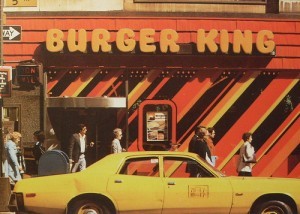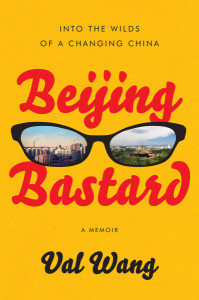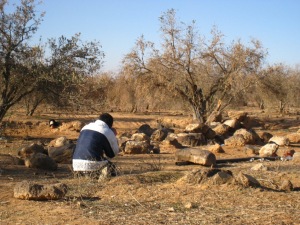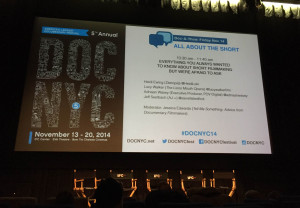“Living in an era defined more by complex systems than by material things, and increasingly mediated by the digital, how are we touched by the objects we can still touch?”
These words open the summary of the new Flaherty NYC series That Obscure Object of Desire,  and made me excited. The ideas of coming to terms with our digital space is one I think a lot about. And I’m a big believer that daily life objects reflect our realities. One of the things I do in a new country is go into the supermarket and walk the aisles and get a sense of what is important to people.
and made me excited. The ideas of coming to terms with our digital space is one I think a lot about. And I’m a big believer that daily life objects reflect our realities. One of the things I do in a new country is go into the supermarket and walk the aisles and get a sense of what is important to people.
So how great to have entire series devoted to the ideas behind objects – what they say about our histories, our personalities, our cultures. And even better that it was curated by two filmmakers (Pacho Velez and Sierra Petengill) that are thoughtful, artistic, and challenging in their own work.
The series runs every other Tuesday at the Anthology Film Archives in New York.
I had the chance to talk with them about the theme, the importance of objects and the shift to digital.
Q: What inspired this programmatic theme?
Sierra: Conversations had been happening around the idea. I saw the Simon Martin film [Louis Ghost Chair]. It compares furniture objects – chairs. The end of the film spirals off into more abstract, emotional ways that architecture and design and objects affect us. It becomes a kind of poetry. I mentioned this to an architecture friend, who works a lot in abstracted space and how architecture in the real world can play off of conceptual ideas of architecture and film. He noted there’s a lot of thinking now about the difference between digitally mediated space and physical space. [In this context] so many films came to mind – it’s a very fertile space. All artists right now are thinking about that. Digital touches everything we do. It felt like a ripe time for this type of programming.
Continue reading




